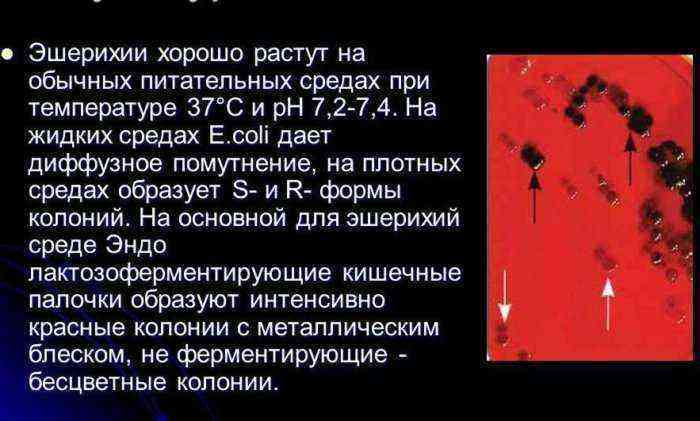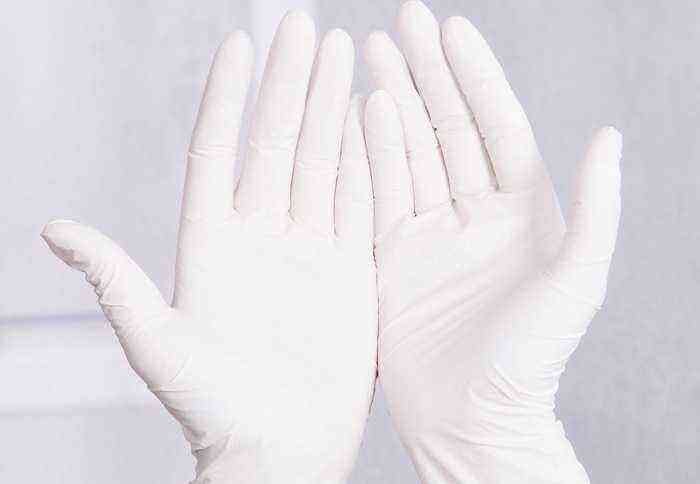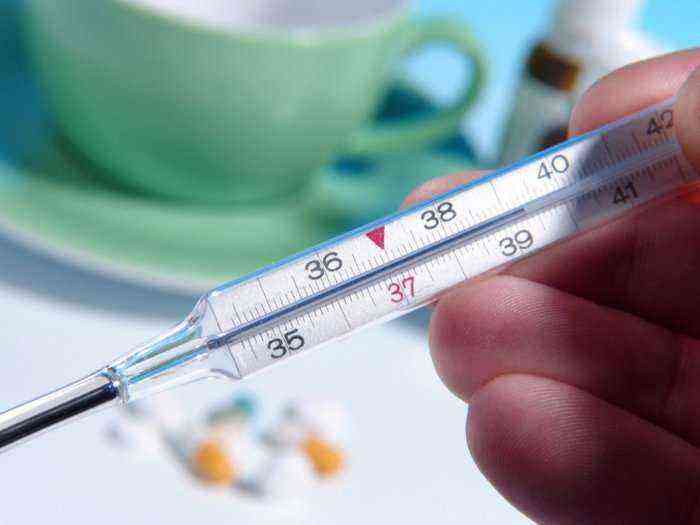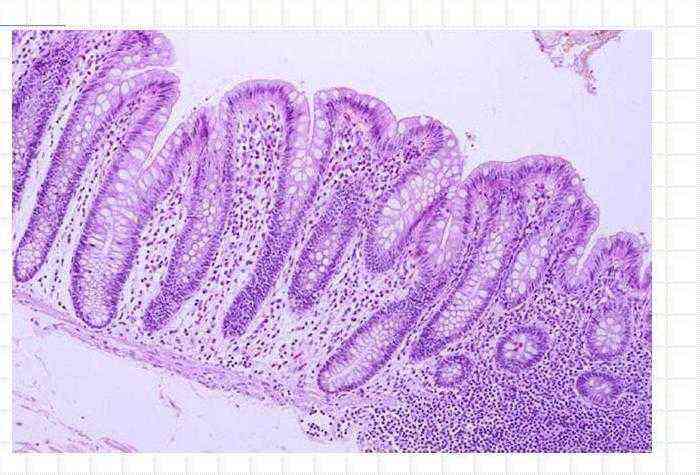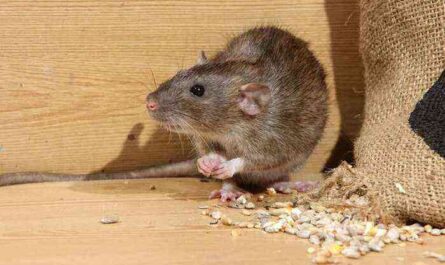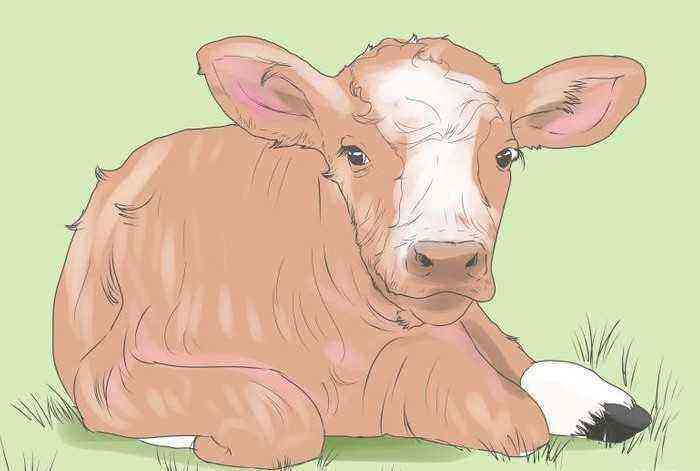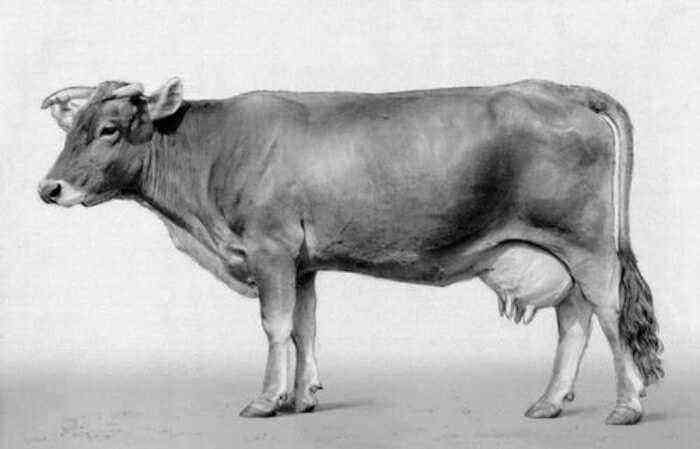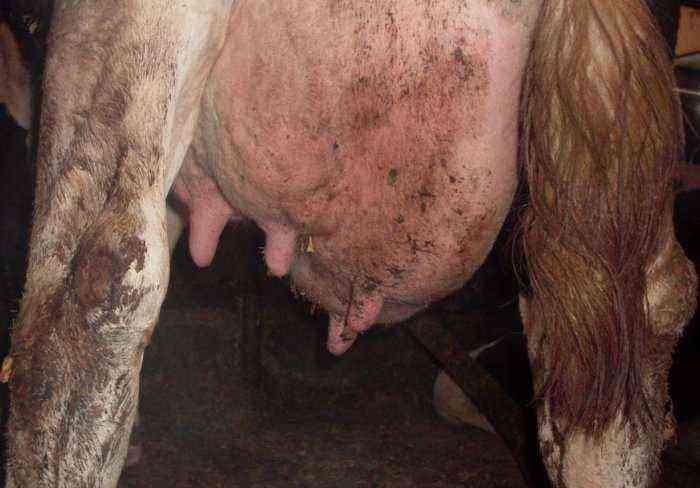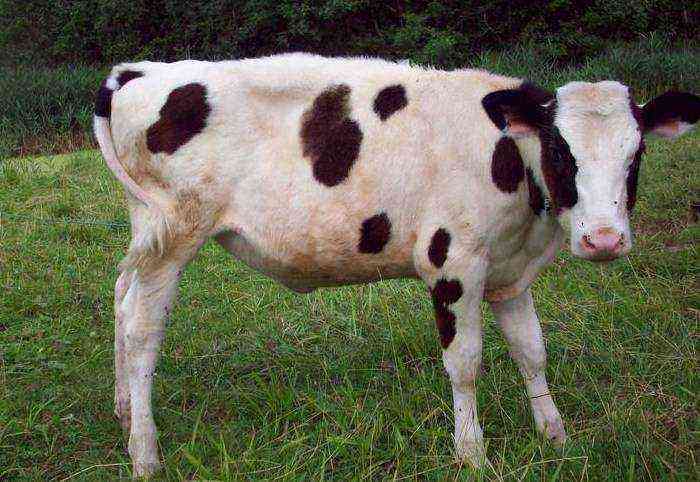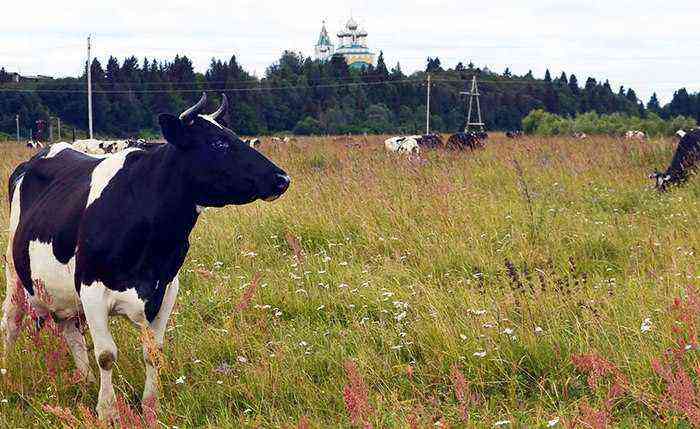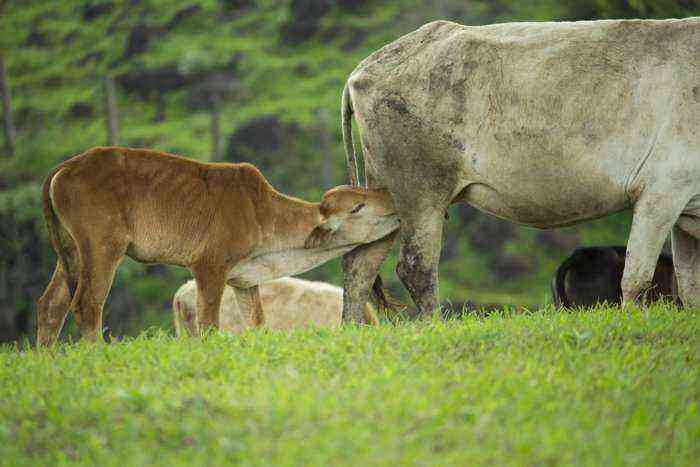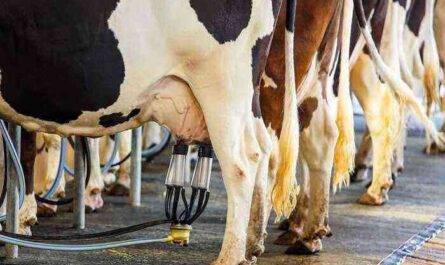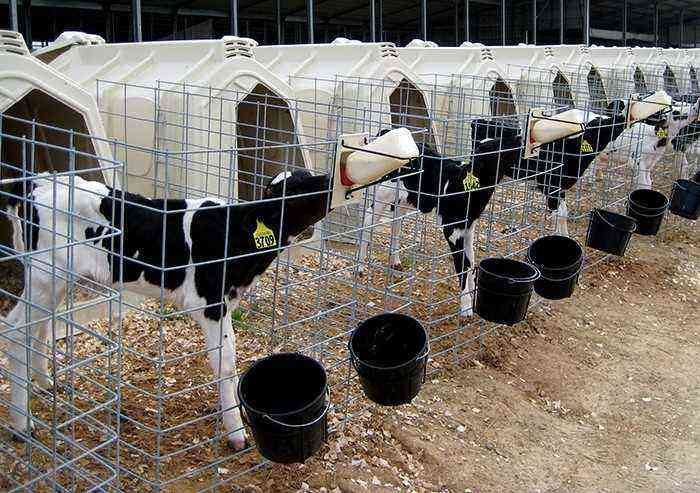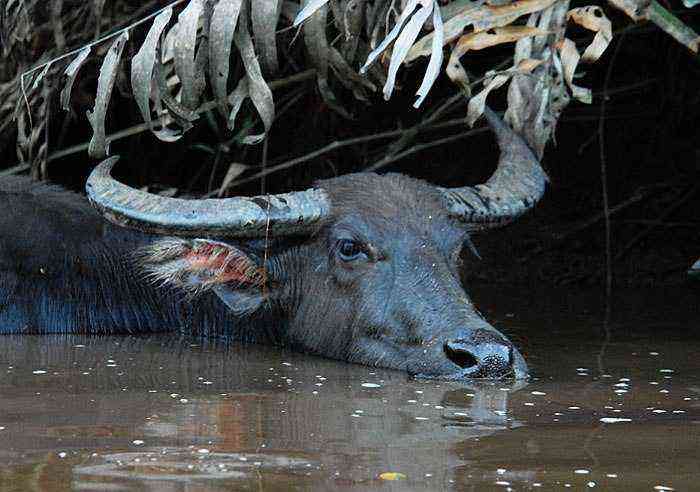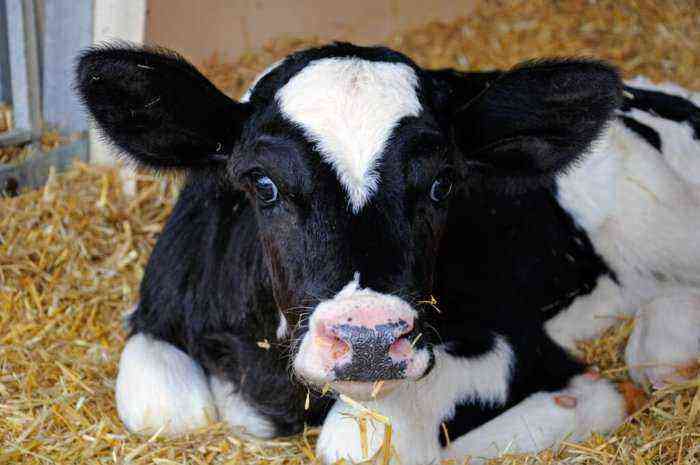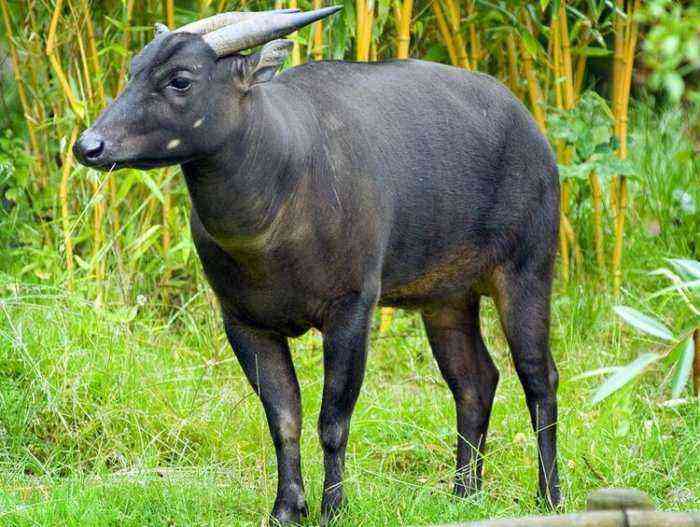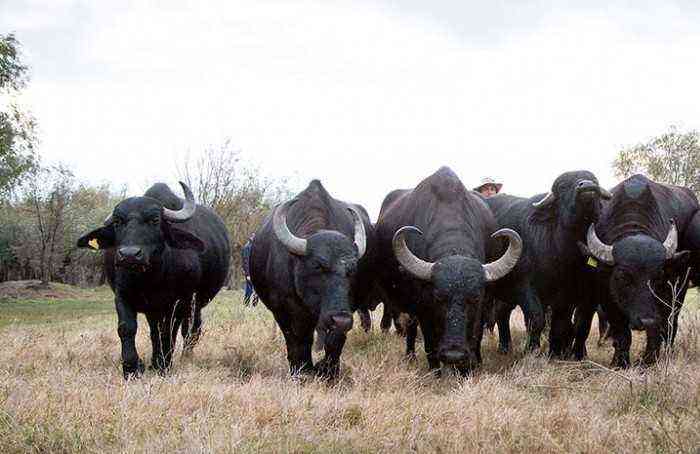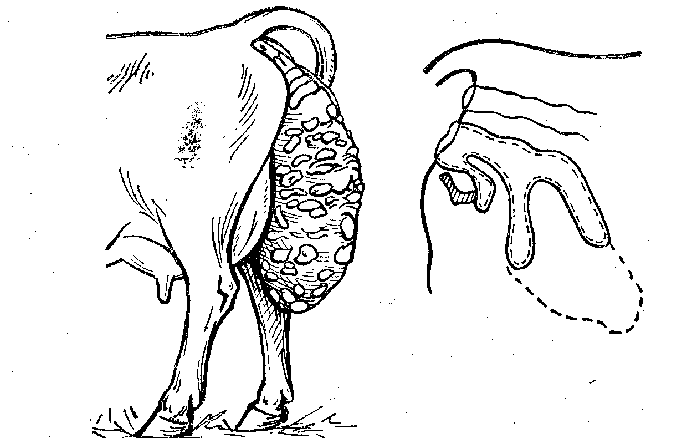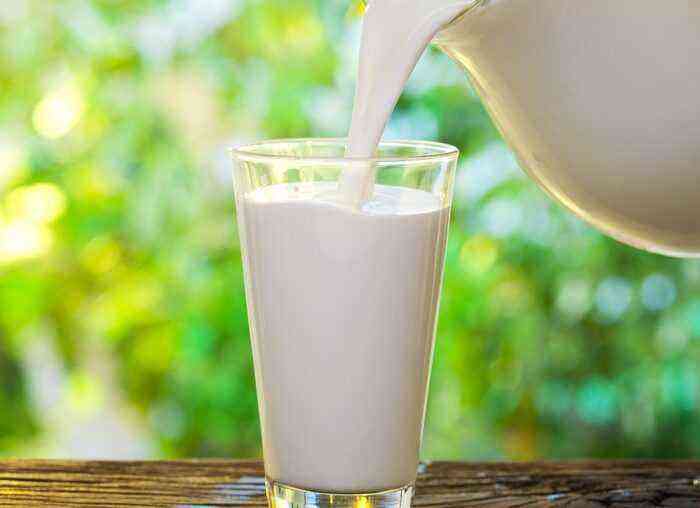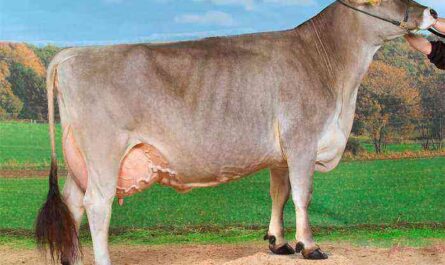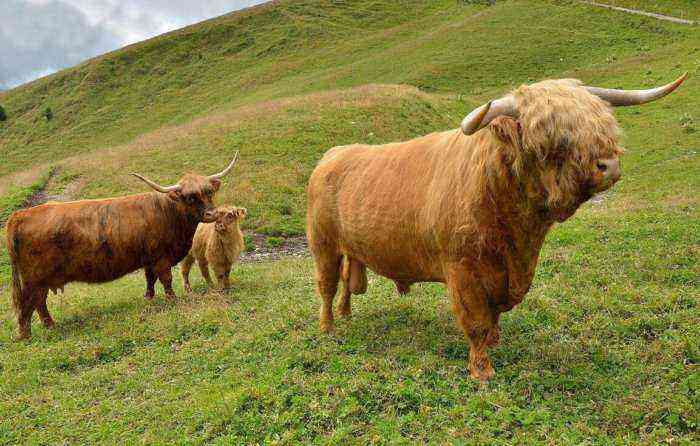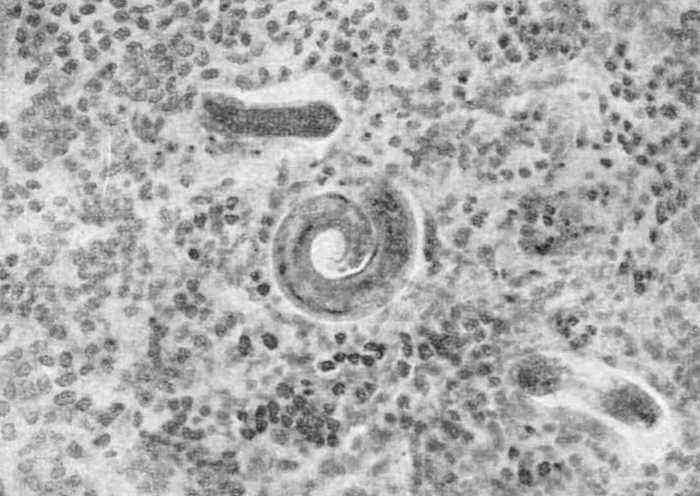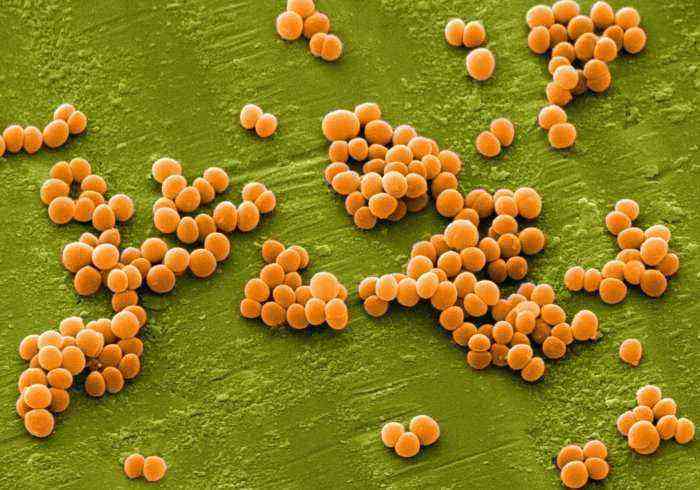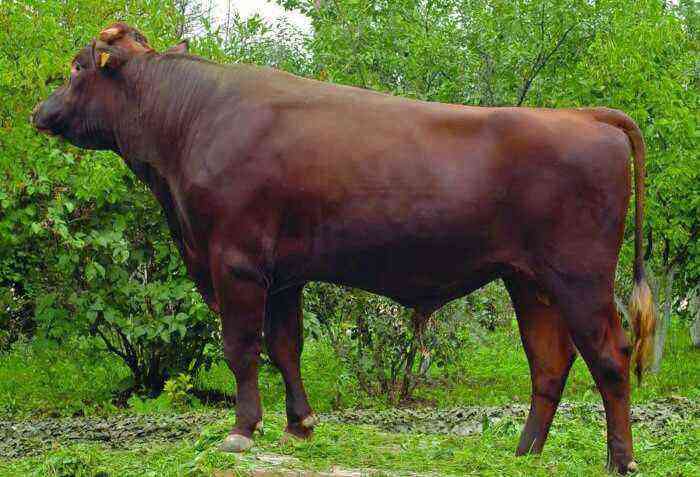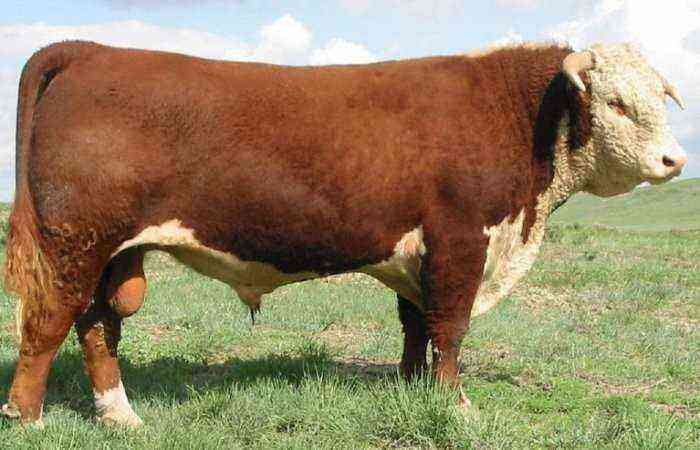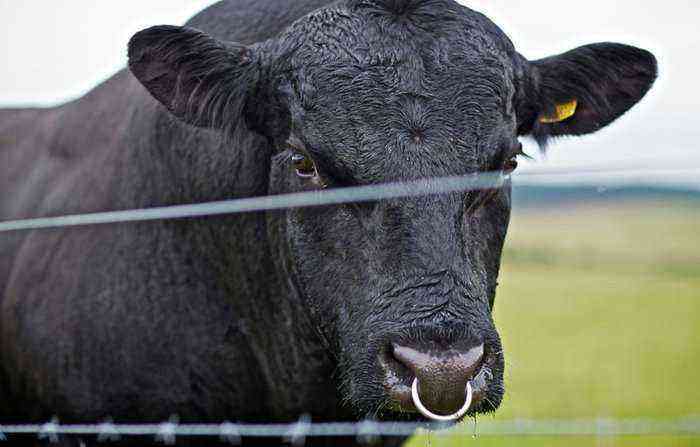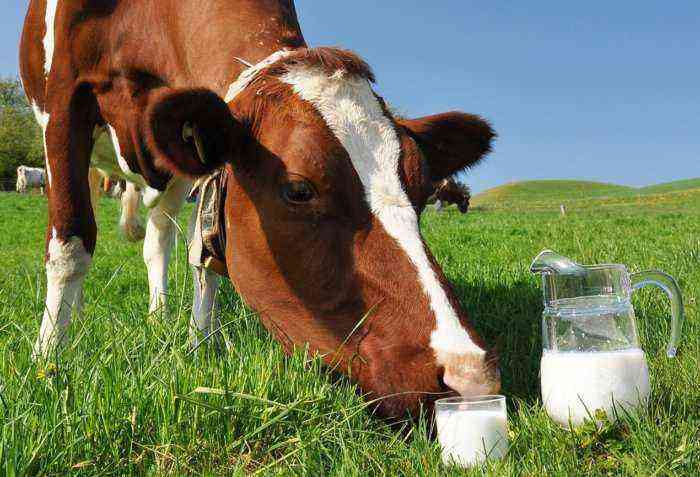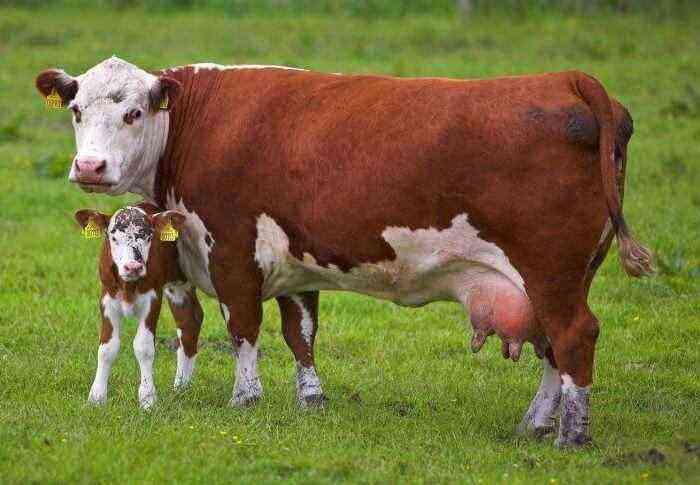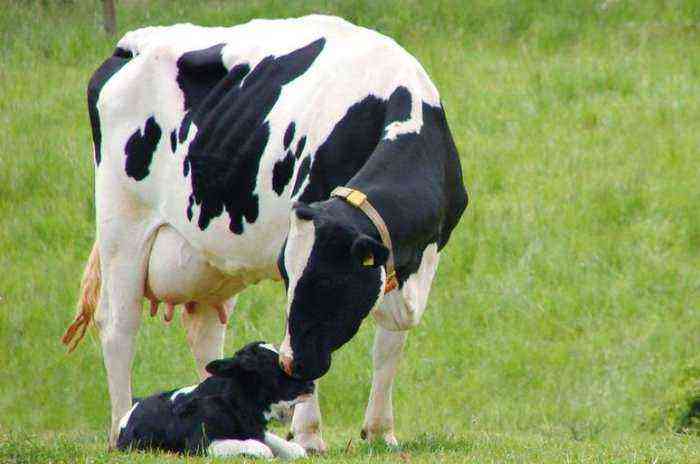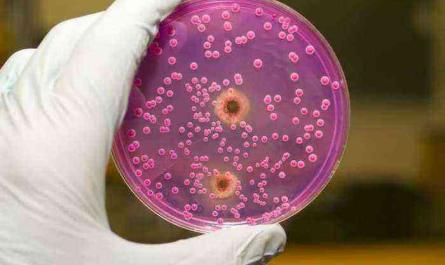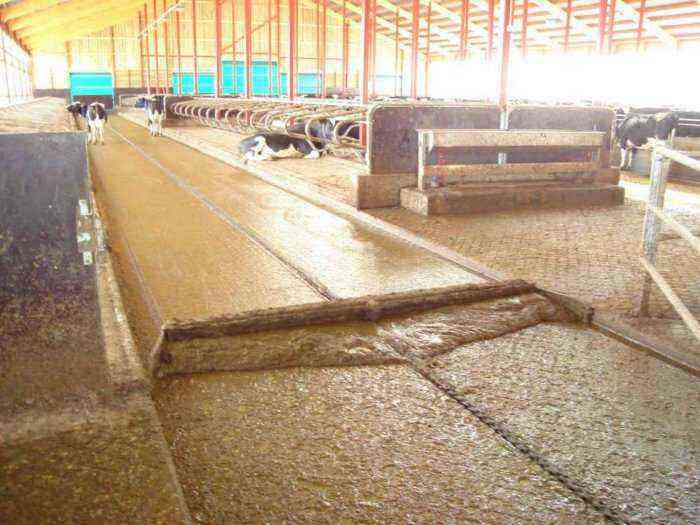A hernia in a calf is a protrusion through a hole in the wall of the abdominal cavity of the internal organs. This disease is not contagious, that is, the animal does not pose a danger to the herd, but this does not mean that this pathology can be ignored. The hernial protrusion gradually increases in size, which leads to digestive disorders and causes pain to the animal. From this article, readers will learn why a hernia occurs, what are its symptoms and what methods of its treatment exist.
Hernia in a calf
Causes
Hernia in calves is congenital and acquired. The cause of congenital pathology is heredity. Acquired pathology most often occurs due to trauma – as a result of a fall of a calf, a blow to the peritoneum. In the course of studies conducted in America, it turned out that this pathology can develop due to infection in the umbilical wound.
Consider the main mechanisms for the occurrence of a hernia in a calf:
- Congenital features of the structure of the abdominal wall – the expansion of the umbilical ring, tissue defects.
- Loss of elasticity of the peritoneal tissues.
Reference. The protrusion of organs through the abdominal wall is always associated with the inability of the abdominal wall to overcome the pressure that has arisen inside.
Symptoms and signs
Hernia symptoms in calves are not always obvious. However, when examining the animal, the farmer may find a characteristic protrusion in the form of a pouch on the abdomen.. On palpation, it is soft, in some cases a little painful. Other symptoms of a hernia appear later, when a large portion of the intestine enters the hernial opening. In this case, the following symptoms of the disease are found:
- Problems with bowel movements.
- Loss of appetite.
- Anxiety.
- Soreness at the site of the protrusion.
- An increase in temperature by 1,5-2 degrees.

Loss of appetite in a calf
Forecast
A small hernia (up to 3 centimeters) is not considered dangerous. In calves, it may disappear on its own by the age of one. If the protrusion reaches a larger size, veterinary supervision is required. At the slightest sign of anxiety, if intestinal disorders are detected, it is better to remove the hernial sac in time to avoid the development of complications.
Treatment
Treatment of hernia in calves can be done in two ways:
- Conservative.
- Surgically.
Conservative treatment
This method is used when the health of the animal is not in danger. If the protrusion is small, there is no threat of infringement and adhesion of the intestines, then the hernia is simply reduced manually. To do this, the veterinarian massages the navel area, then gently presses on the protrusion, helping it to fall into place. Then a patch is glued to this place and the hernial opening is fixed with a tightening bandage. The calf is given rest for a few days.
Reference. During recovery, it is necessary to protect the animal from injury.
Surgery
The operation to remove a hernia in calves is carried out in a hospital. It is indicated if a large portion of the intestine has penetrated through the hernial orifice. As a result, the digestive tract is disrupted and the risk of tissue necrosis increases.
The operation is performed under local anesthesia. The calf is shaved off the hair in the area of the hernia, this place is disinfected with an antiseptic. The veterinarian carefully cuts the peritoneum at a distance of 2 centimeters from the edge of the protrusion. Then he removes the hernial sac, and sets the internal organs back into place. The hernial opening in the abdominal wall is sutured with threads. Then staples are applied to the external incision.
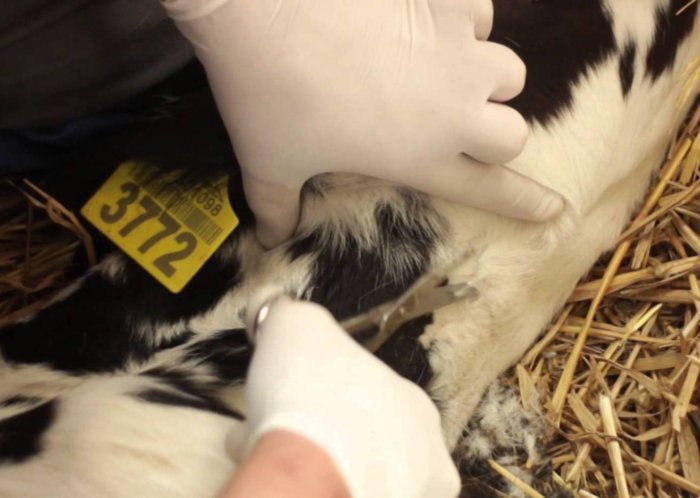
Preparing for an operation to remove a hernia
Postoperative period
After the operation, the calf needs complete rest. It should be kept on clean bedding. It is provided with easily digestible food and plentiful drink. Your veterinarian may recommend a course of antibiotics for prevention. Animal temperature should be monitored daily. After 10 days, the veterinarian will remove postoperative sutures.
Attention! If the calf develops a fever after the operation, the veterinarian should be informed.
What is dangerous hernia?
This pathology may not cause discomfort for a long time and not pose a danger to the animal. However, over time, the hernial ring (hole) may increase, which will lead to complications:
- Infringement – refers to acute conditions, when a large section of the intestine comes out through the formed narrow hole in the abdominal wall. Compression of the intestinal tissues can lead to its rupture, necrosis and peritonitis.
- The formation of adhesions between the hernial sac and part of the intestine. In this case, the hernia cannot be put back into place.
- Phlegmon of the hernial sac. As a result of infringement, squeezing of tissues, acute inflammation of the protruding intestine can begin. At the same time, the hernial sac increases, turns red, becomes hot, painful, and the body temperature of the calf rises.
Attention! All of these conditions require immediate treatment to the veterinary service.
Hernia in calves is a common pathology that requires control. A small protrusion does not threaten the health and life of the young, but if it increases, a veterinarian should be invited for an examination. If he finds signs of pain, compaction, which may indicate infringement and inflammation of the protruding intestinal tissues, surgical removal of the hernia is recommended.
